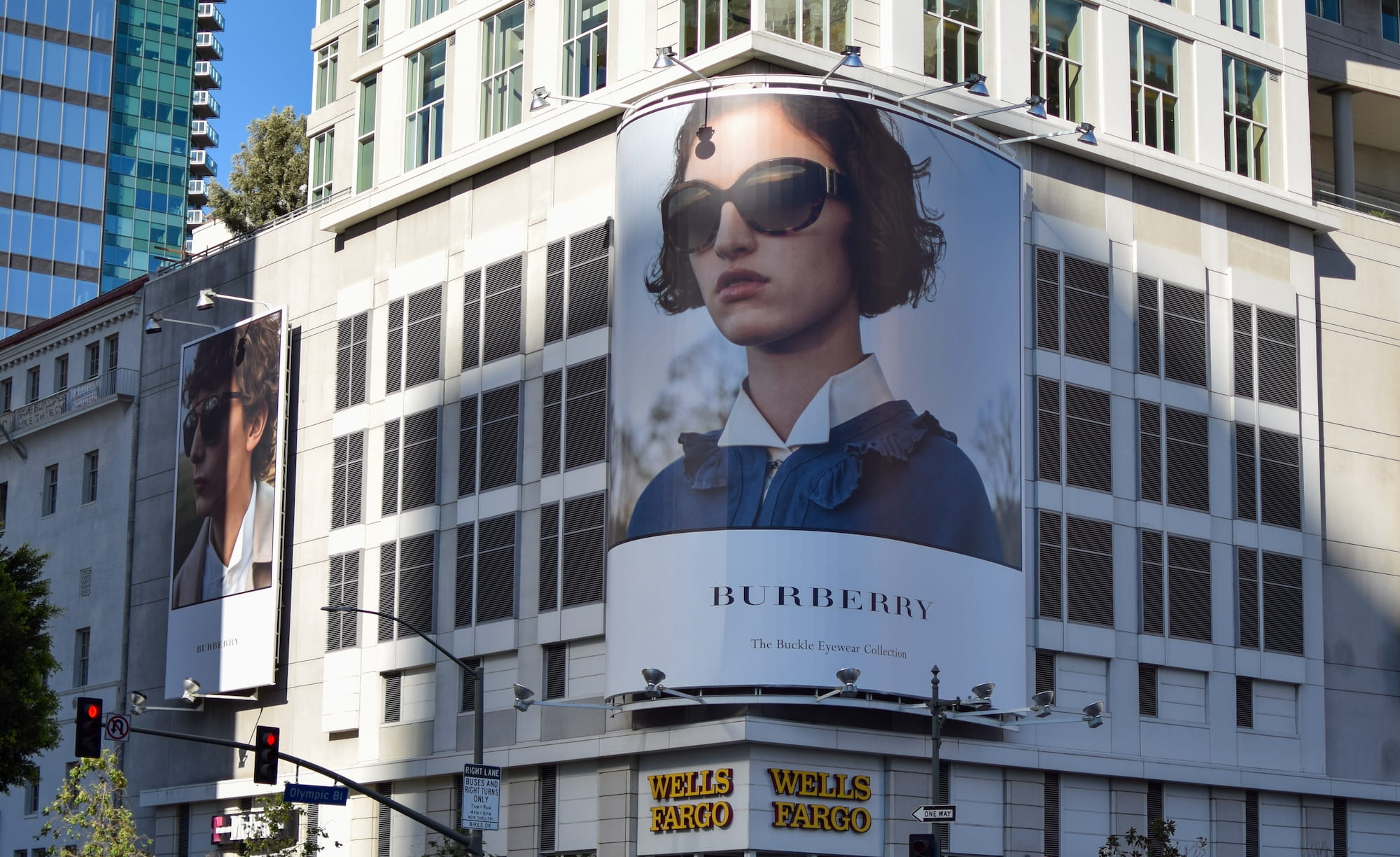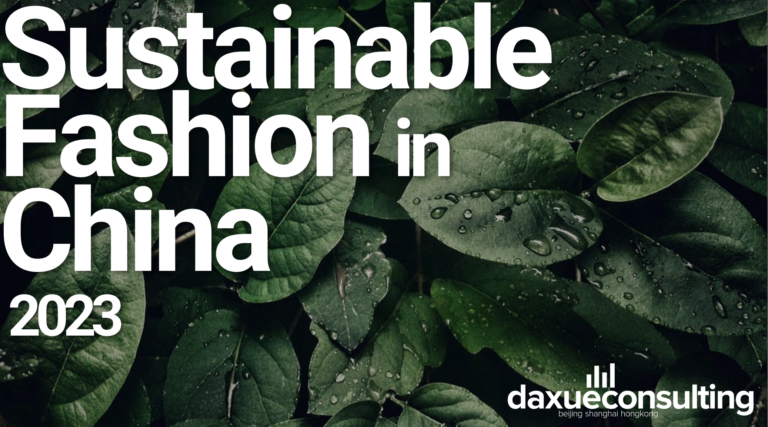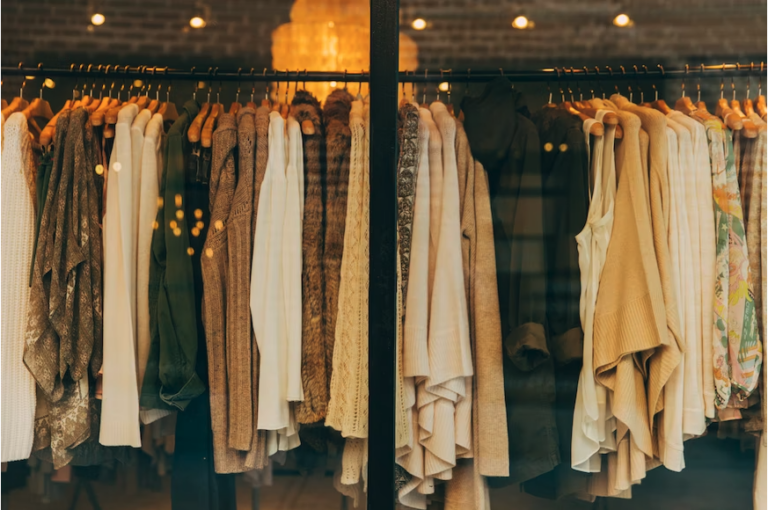Burberry, a prominent British fashion house, entered the Chinese market in 2010, making headlines by playing with high-tech and immediately attracting Chinese consumers. In recent years, it has pursued different actions, one of the most important was Burberry’s environmental strategy. Its global revenue in 2010 was 1.2 billion GDP, by 2022 it more than doubled to 2.83 billion GBP. According to Vogue Business, China accounted for 25% of the company’s global revenue in 2021; however, sales in the Chinese market fell 23% year-on-year by the end of 2022.
The decrease of sales has an obvious explanation: China’s Zero-Covid policy hit most companies in the country, not only the luxury segment. Not only have the lockdowns affected Burberry’s revenue, but the absence of Chinese tourists abroad also decreased its sales. Even so, companies are staying hopeful. A Bain report expects China to become the world’s largest luxury market by 2030.
In November, Burberry announced plans to almost double its revenue and increase growth. While the absence of revival on the Chinese market is upsetting, China’s significant easing of anti-pandemic measures between December 2022 and January 2023 gave hope to many companies. The end of the year brought losses to the company in China, however, the beginning of the Chinese New Year holidays already entailed a rebound.
More consumers care about premium and environmentally friendly products
The 2022 Consumer insight report by Accenture shows the importance of premium products for different layers of society: a growing number of people are willing to pay a premium for products that highlight their social status. For households with an income below 8,000 RMB the figure stands at 41%, while for households earning more than 30,000 RMB per month it is 74%.
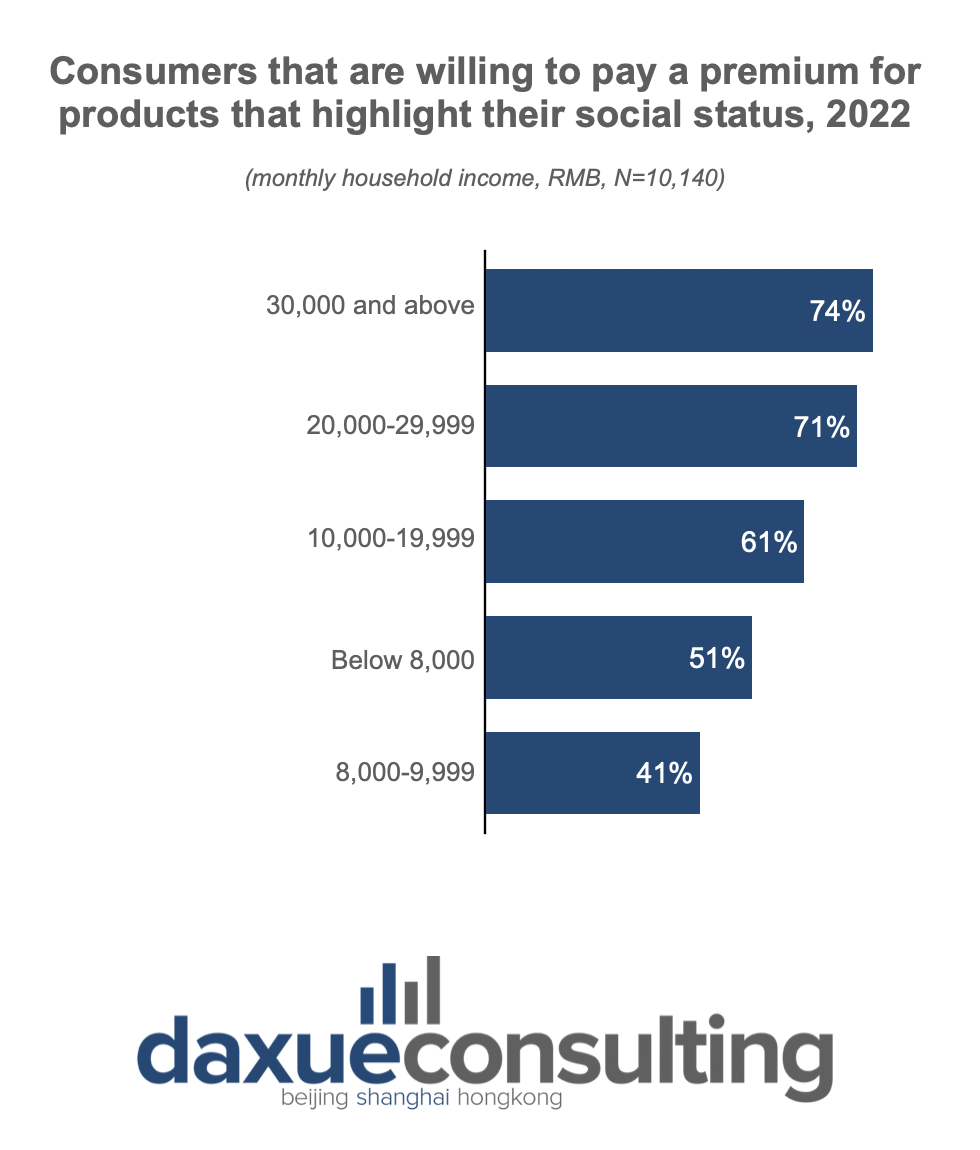
Moreover, the report shows important trends in consumers’ interests in climate change. Firstly, it shows that most of buyers care about environmental actions: 60% of Chinese respondents believe that it is more important to make environmentally friendly decisions on bulk consumption. Secondly, it shows that their interest in preventing climate change is correlated to their income levels: the group most willing to pay for environmentally friendly product features is that of the highest income.
However, even though its importance is increasing, climate change still isn’t a huge influence on consumers’ decisions. Of the highest-earning group with a monthly income larger than 30,000 RMB (the main Chinese luxury consumers), only 51% is ready to pay for environmentally friendly product features.
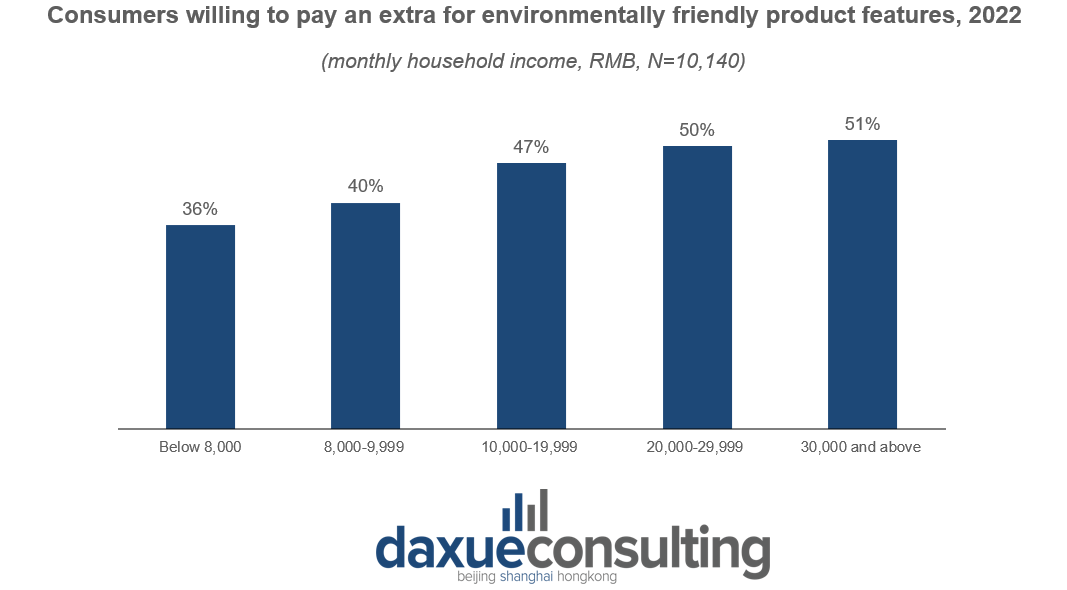
Apart from the trends within the luxury market, China’s overall activity has yet to restart. After numerous lockdowns, the economy is still heavily affected by the consequences of the pandemic, and big brands are waiting for consumers to grow back their interest. Unlike some luxury sectors, Burberry has also been affected by the events. Compared to the same period of 2021, Burberry’s growth in the third quarter of 2022 was 6% lower. However, the latest reopening measures give hope of growth to the company.
Burberry’s strategy in China and its environmental responsibility efforts
In the past years, Burberry has made different steps in order to achieve more success globally and in the Chinese market. For example, in July 2020, after the first anti-pandemic measures were eased, the company opened its first debut social retail store in Shenzhen. The store presents a digitally immersive retail experience which allows customers to interact with the products both in person in the store and via social media, using mini programs on WeChat to scan QR codes in the store.
The store was a big step forward technologically and also signified the importance of the Chinese market to the company. Burberry has also been developing its strategy in other ways that follow the market trends, becoming a more environmentally conscious brand. By 2022, Burberry was viewed by consumers as one of the most sustainable luxury brands globally, following Chanel, Hermès, and Dior.
In 2019, Burberry had set the goal of becoming Climate Positive by 2040. This means maintaining carbon neutrality and buying 100% renewable electricity, sending zero waste to landfill across their key operations, supporting high-quality carbon removal projects that benefit biodiversity and nature, and prohibiting the use of unwanted chemicals in our value chain. Most importantly, the strategy aimed to reduce emissions in their own operations and those generated in our extended value chain.
In January 2022, the company refinanced its 300m GBP sustainability-linked loan, which is linked to the achievement of key ESG (environmental, social and governance) targets, including accelerating emission reduction across the extended supply chain by 46% within 2030 and becoming net zero by 2040. The company also launched a ReBurberry line, made of sustainable materials.
The reaction to Burberry’s environmental strategy in China
The company faced issues in China due to some of its sustainability actions. A problematic situation occurred in 2020, when China sanctioned British companies and individuals after the Xinjiang conflict. Burberry’s announcement it was suspending its approval of cotton sourced from Xinjiang resulted in the company losing a brand ambassador, and its brand pattern being removed from a widely popular video game, “Honor of Kings”.
Burberry’s action had been condemned by Chinese society at the time. It is still causing some netizens to write negative posts even now, with some people reminding their followers of companies’ actions or making lists of businesses that showed their unloyalty to China.

On the other hand, the ReBurberry sustainability campaign prompted positive response from Chinese social media, with people commenting their approvals under newspapers’ posts on the topic. However, the action did not spark wide interest on the internet. For example, Weibo showed a limited number of posts mentioning this action. The company’s campaign for the Chinese New Year, on the contrary, attracted many netizens and raised lots of positive replies with people expressing their views on the limited edition dedicated to the year of the rabbit.
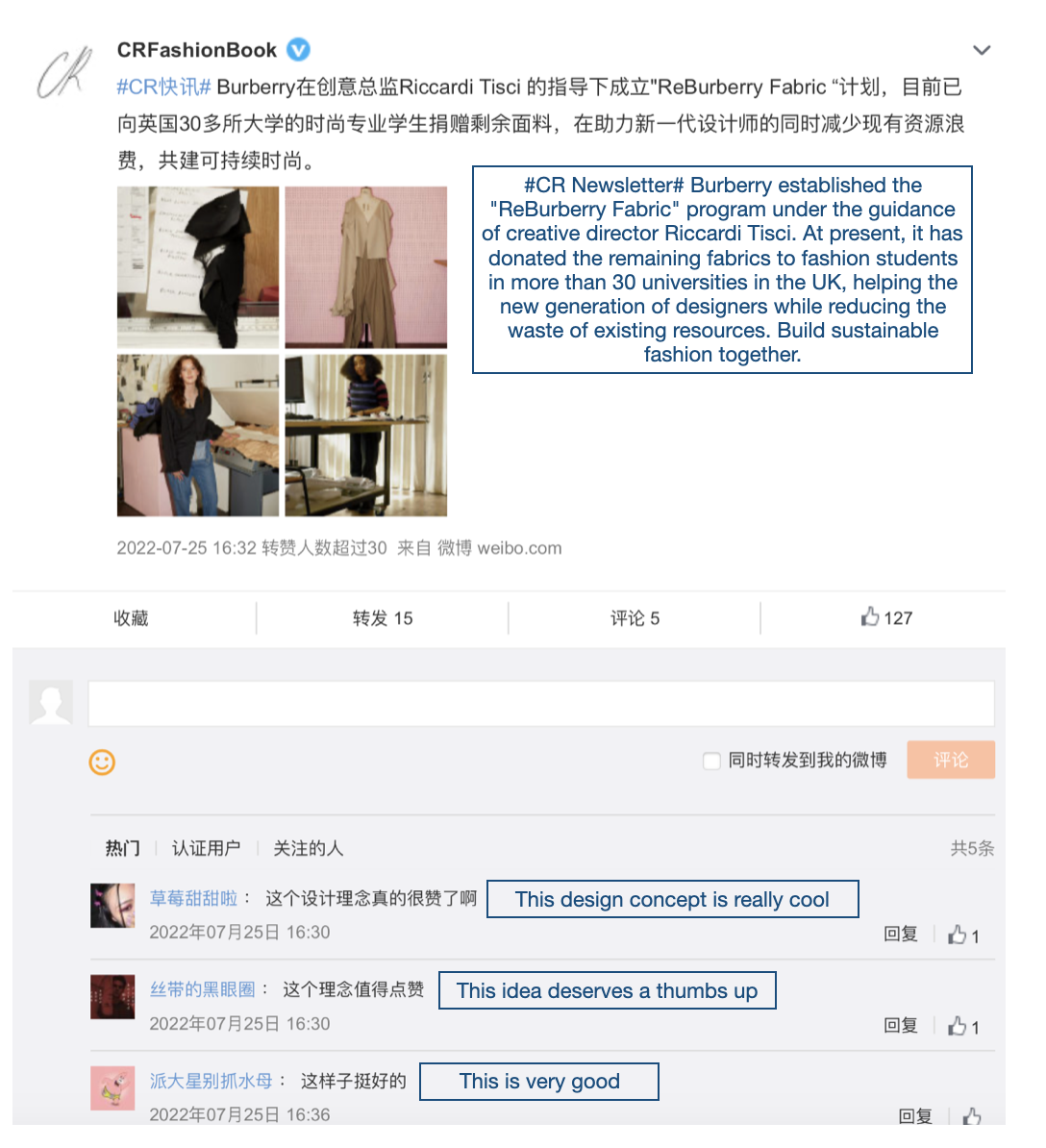
Burberry’s environmental strategy in the Chinese market
- Reports show that Chinese consumers are increasingly interested in buying environmentally friendly products.
- The luxury sector is directly affected by rising climate change concerns, because wealthier consumers are more interested in caring for the environment.
- Although consumers show their concern about the topic, not many of them are willing to readily invest in sustainable action.
- Social listening confirms the data by showing some interest from netizens, but proving that other topics attract more attention than environmental issues.
Author: Sofia Tishchenko


